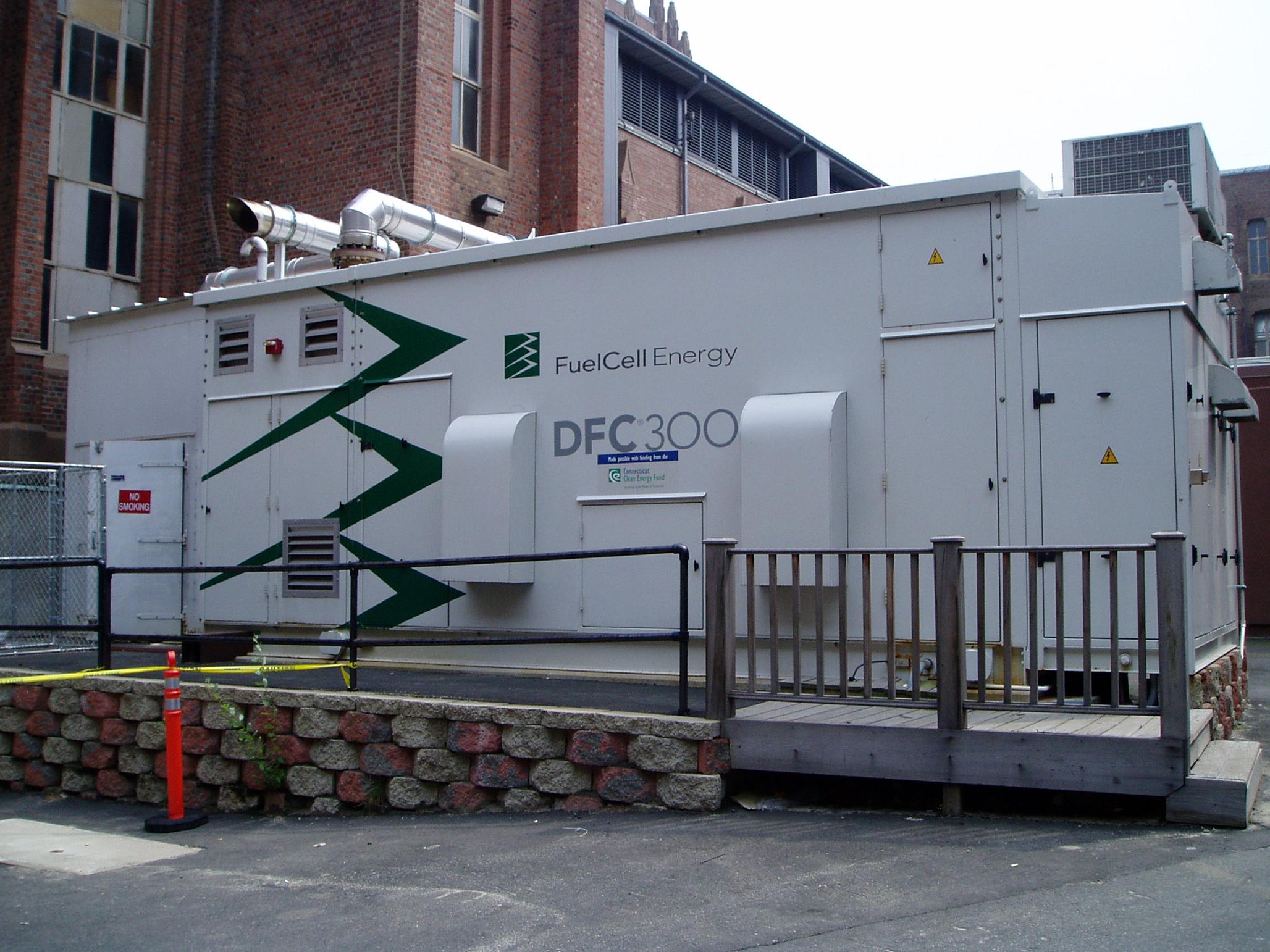Microsoft Data Center Fueled By Waste Gases
Data center Microsoft researcher Sean James used to think that a sewage treatment plant would be an inhospitable place for a data center professional. Now when he smells methane at a wastewater plant, he smells free energy.

Microsoft today said it has gotten approval to test a modular data center run from a biogas-powered fuel cell located at a wastewater treatment plant in Cheyenne, Wyoming. Local officials approved a 18-month trial of Microsoft’s Data Plant research program at the Dry Creek Water Reclamation Facility in a $5.5 million project funded by Microsoft, FuelCell Energy, and the state of Wyoming.
The computing giant hopes the project will provide insight into whether it can locate smaller data centers at biogas-producing operations, such as wastewater treatment plants, livestock farms, and landfills, around the world.
At the Cheyenne facility, a 300-kilowatt fuel cell from FuelCell Energy will produce enough electricity to power a container-size data center, which will be used to run computations for researchers the University of Wyoming, rather than Microsoft customers.
The data center will consume 200 kilowatts and provide excess electricity and heat to wastewater treatment plant, which has an anaerobic digester to convert waste into gas. The gas, mostly methane and carbon dioxide, is cleaned and treated before being fed to the fuel cells.
“A person is consuming data and that person’s waste is going to power the data center,” says James, who is a research program manager with advanced data center development at Microsoft.
The set-up will have environmental benefits, since that biogas is currently flared. As a business, Microsoft sees Data Plant as a potentially important option for building new data centers. Rather than have to invest in the electrical infrastructure of massive data centers, it could co-locate smaller data centers on sites with “stranded” biogas at locations where it’s not economic to sell the gas into the pipeline.
Getting electricity from a fuel cell is usually more expensive than the grid, particularly in Wyoming where rates are among the lowest in the U.S. But the costs are coming down and fuel cells, although not as tested as diesel generators at data centers, are a reliable source of power, said Brian Janous, data center utility architect at Microsoft.
“Our expectation that this is cost effective especially as we move out of the U.S. where natural gas is really cheap,” he says.
The Data Plant project will be independent from the grid, but other large cloud computing companies are experimenting with using fuel cells at data centers in conjunction with grid power. EBay and Apple are both planning multi-megawatt fuel cell installations at new data centers. (See, eBay Goes All In with Fuel Cell Powered Data Center.)
Microsoft, eBay and Apple are investing in fuel cells in part because of their corporate efforts to lower carbon emissions. At the same time, technologies and designs to improve efficiency and reliability are strategic to all large data center operators who need to lower energy costs and respond to concerns over pollution from cloud computing.
When generating power, fuel cells produce pure CO2 which, in Wyoming could be shipped into pipelines and used for enhanced oil recovery, where CO2 is pumped into older oil wells to extract more oil, James says.
Improvements in stationary fuel cells and low natural gas prices have made them more economic. But one of the biggest barriers to their use at data centers is cultural. “It’s been a mind shift,” says James. “When we smell that methane at a water treatment plant, we realize we’re smelling energy.”
Keep Reading
Most Popular
Large language models can do jaw-dropping things. But nobody knows exactly why.
And that's a problem. Figuring it out is one of the biggest scientific puzzles of our time and a crucial step towards controlling more powerful future models.
How scientists traced a mysterious covid case back to six toilets
When wastewater surveillance turns into a hunt for a single infected individual, the ethics get tricky.
The problem with plug-in hybrids? Their drivers.
Plug-in hybrids are often sold as a transition to EVs, but new data from Europe shows we’re still underestimating the emissions they produce.
Stay connected
Get the latest updates from
MIT Technology Review
Discover special offers, top stories, upcoming events, and more.